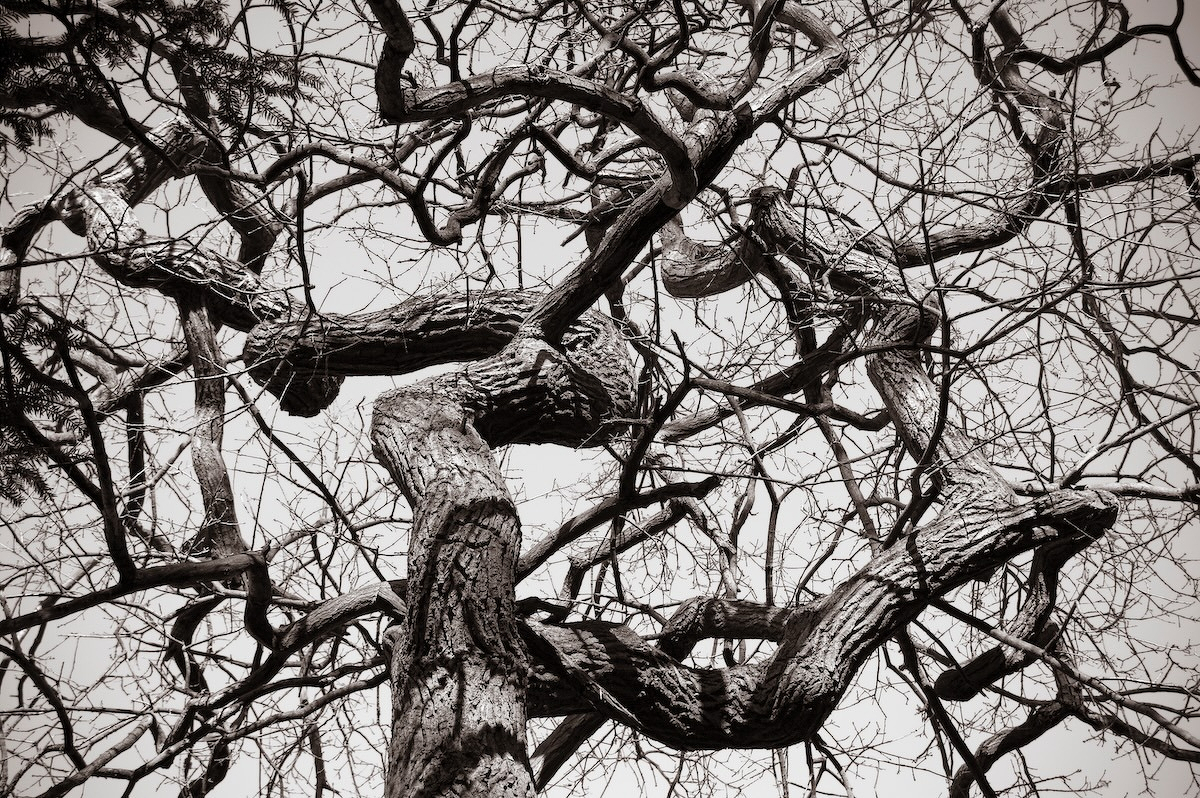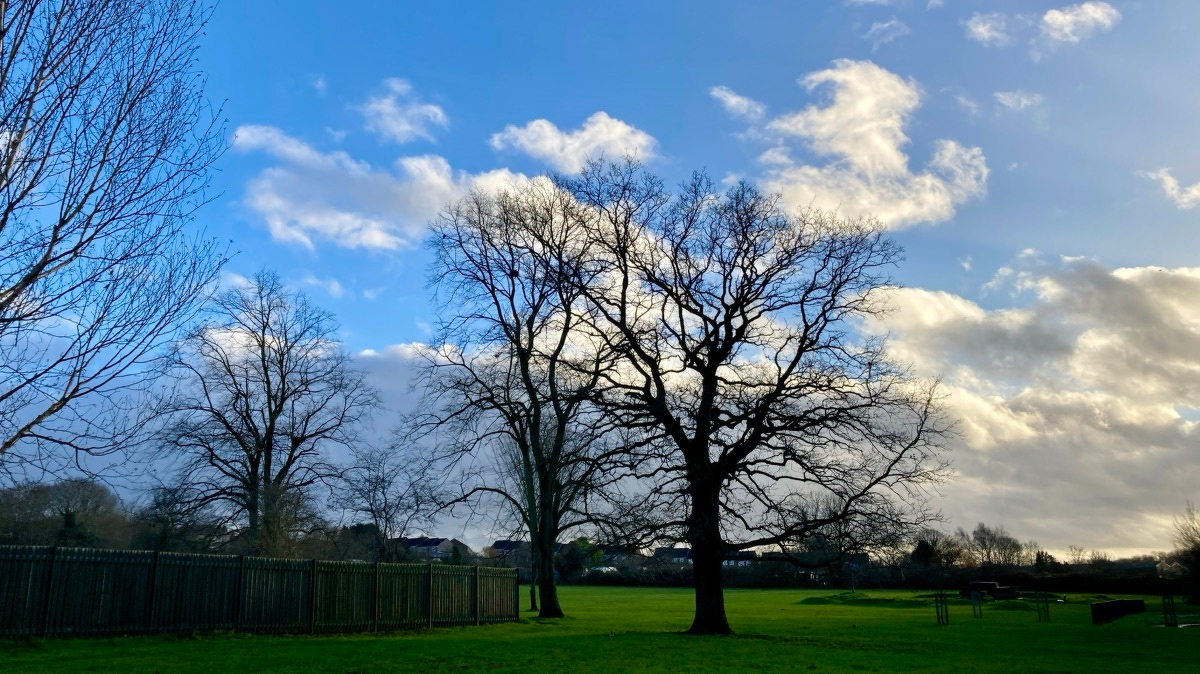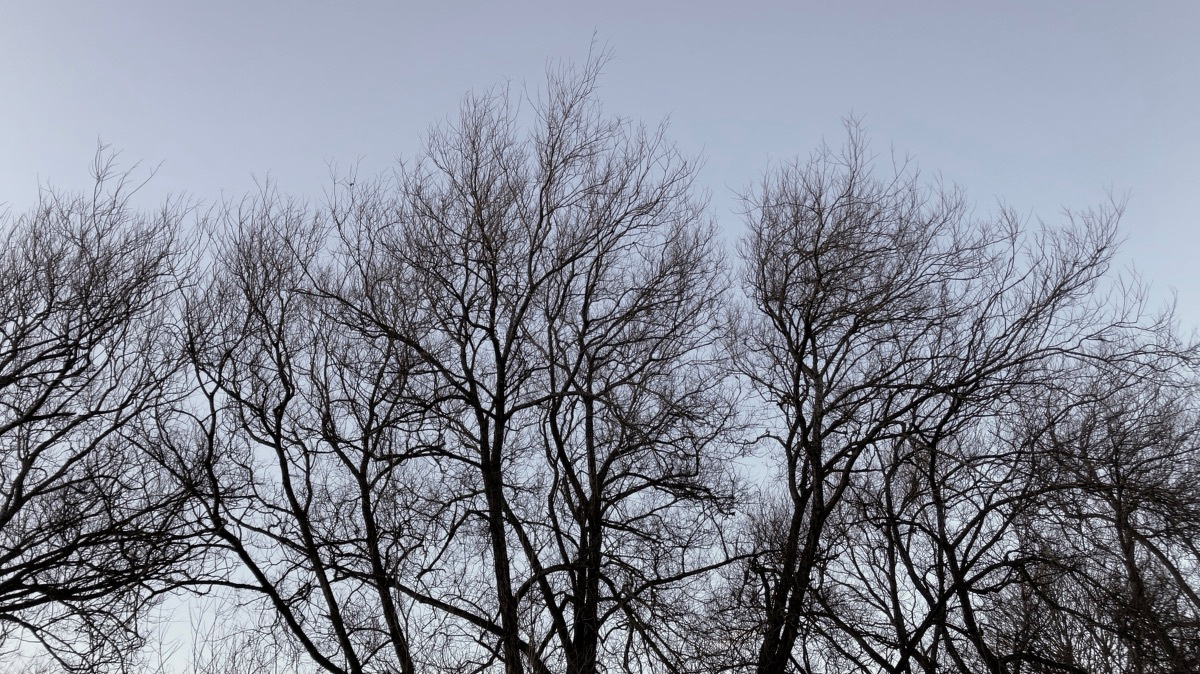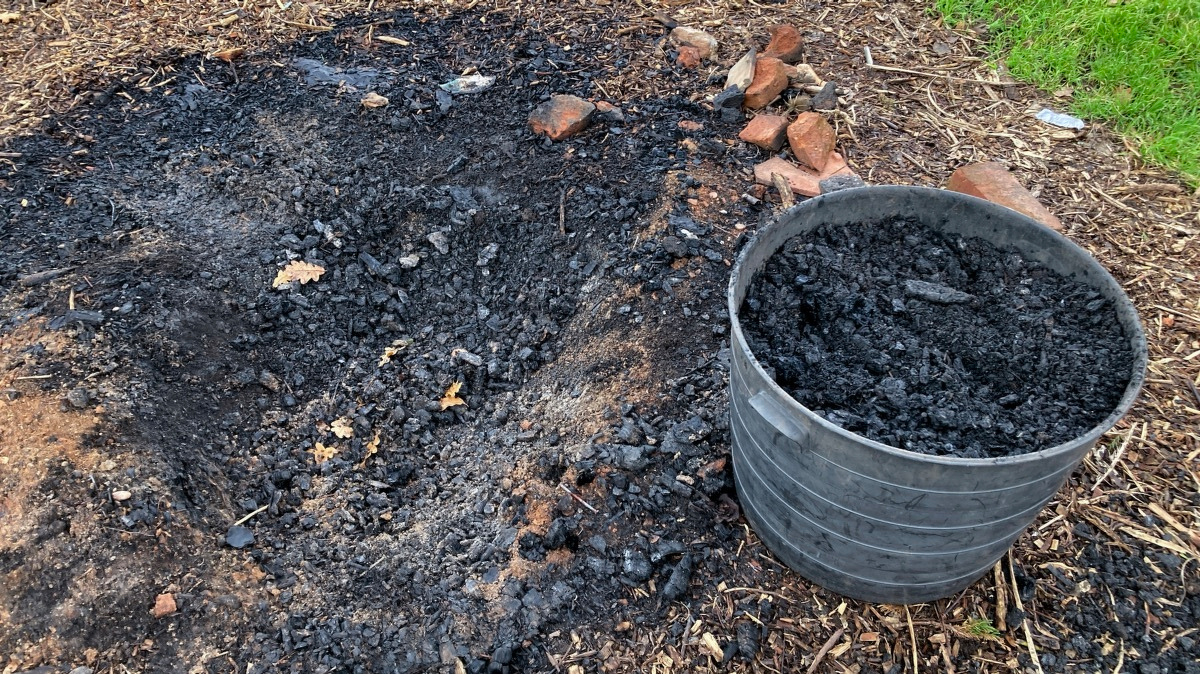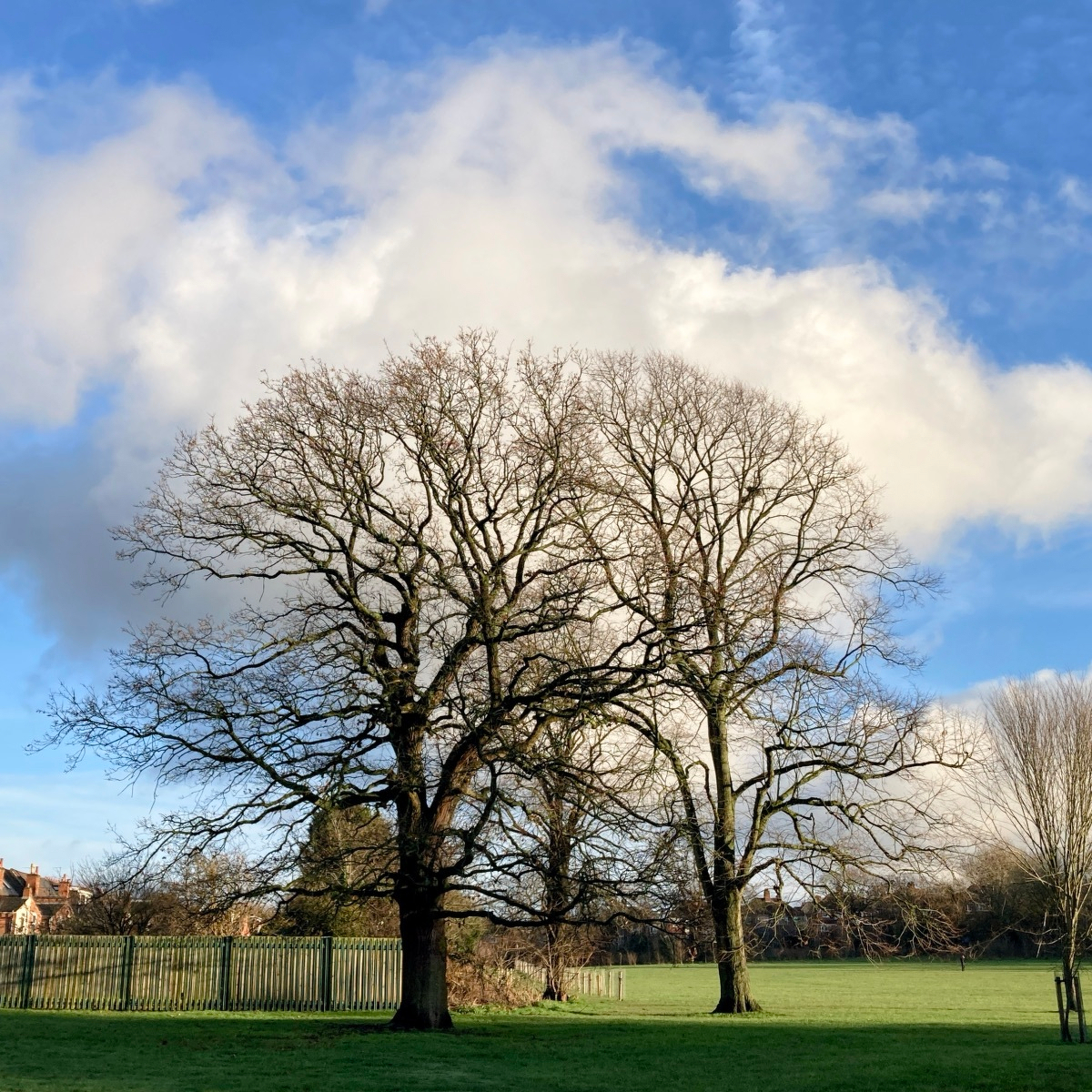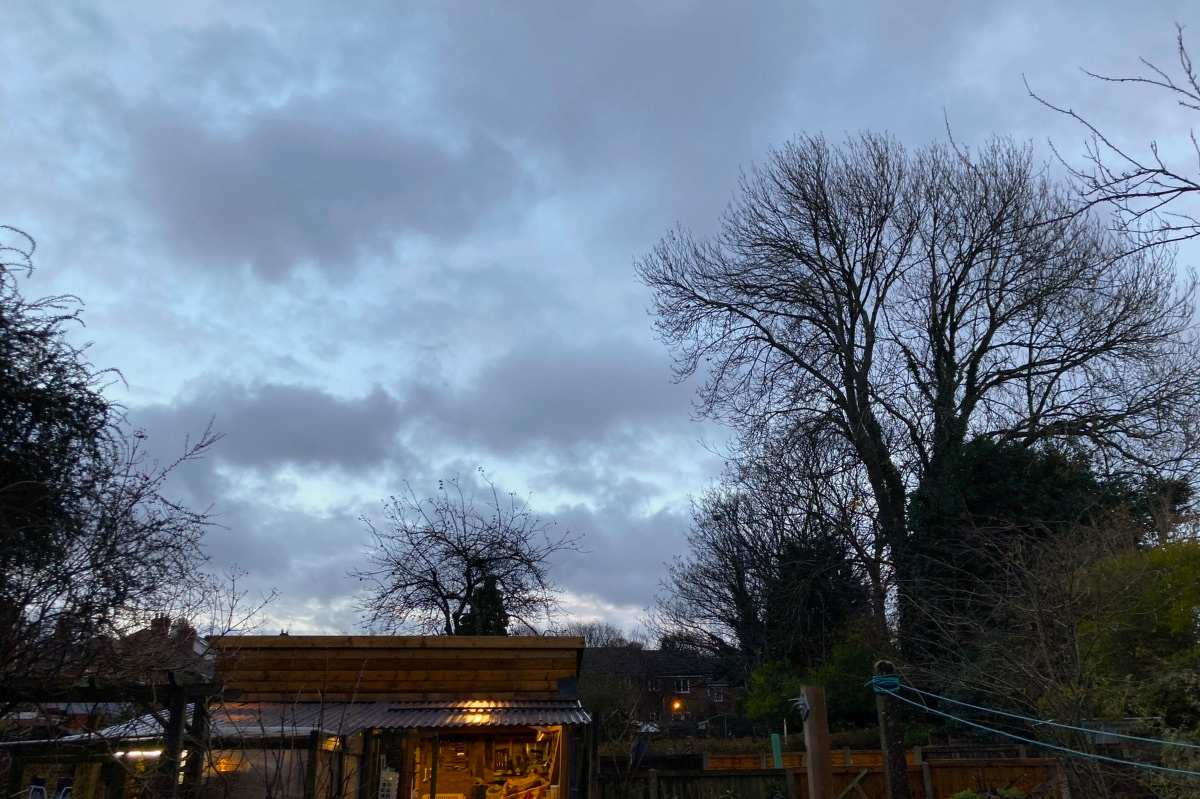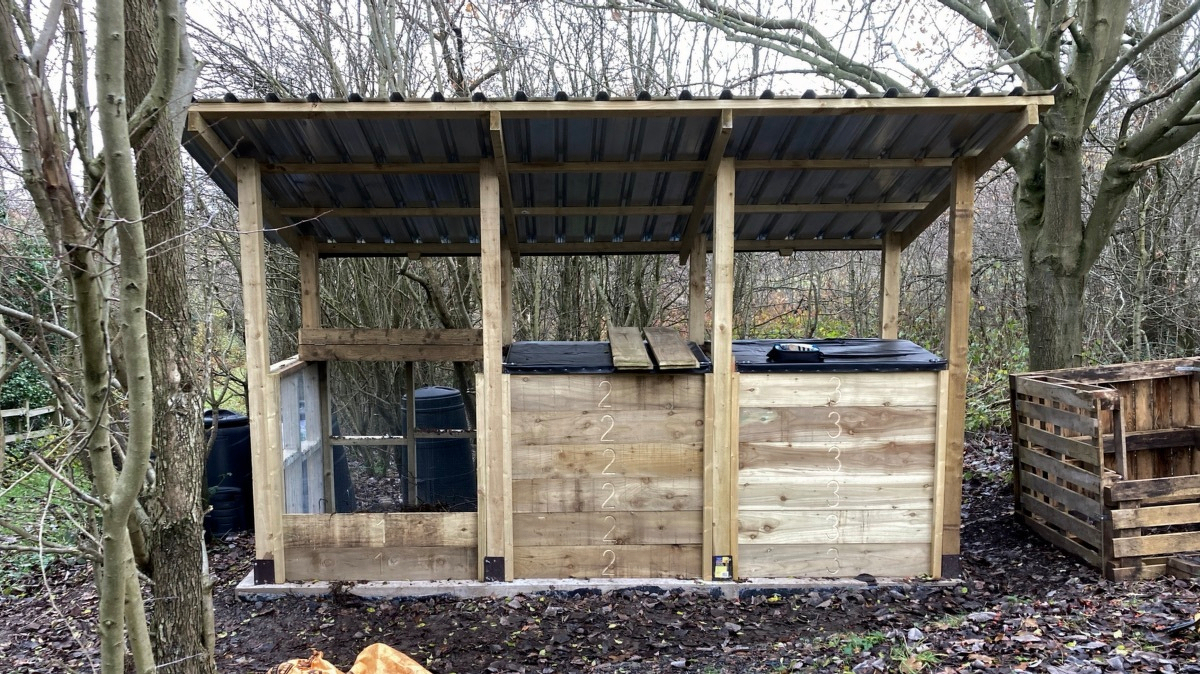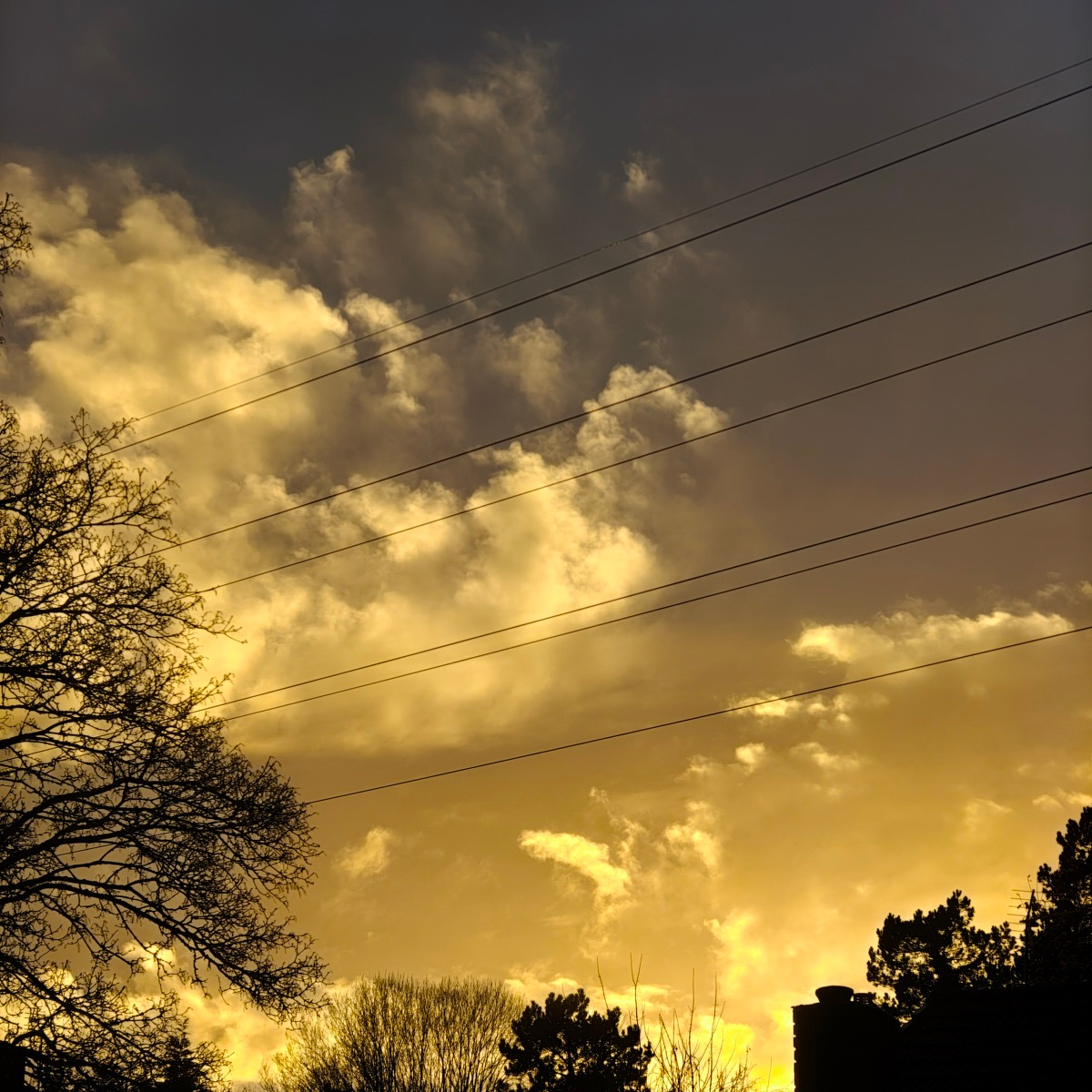⦾ Notes from Saturday 27 December

Trying to get a nice picture of the buns during the banana frenzy. Got this instead.
Status:
Recovery day 2. Funny thing about betwixtmas, it lends itself to chronic fatigue recovery days. Despite what I tell myself I still have a lingering guilt about my enforced rests, but not this week cos everybody’s at it. (For some value of “everybody” - I’ve done my time in the retail trenches.)
Overnight listening:
Reading:
- Entirely too many thoughts about Wake Up Dead Man - yeah, read this last night when I couldn’t sleep. Upgrading the film to the full five stars and scheduling a re-watch for the new year.
- John Allison’s albums of the year - always good value.
- In the battle against antisemitism we must accept that Zionism means different things to different people - I realised a while back that while I think I have a pretty good grasp of the rights and wrongs and have been educating myself on the history of Palestine / Israel, I just can’t have a discussion with anyone about it because I don’t know what exactly they’re talking about. Not that they need me in the discussion, of course.
Bookmarking
- Plain English ffmpeg - this looks like a gamechanger for those who rely on ffmpeg but don’t use it regularly enough to remember anything.
Watching:
- Ants Pants - Giant grease pit project ep2 : Pouring everything! - alongside being entertainingly zen I’m always impressed by Andris' cinematography and editing. The 90 seconds from this point are just gorgeous and should in a gallery. Someone do a video essay on him, please.








